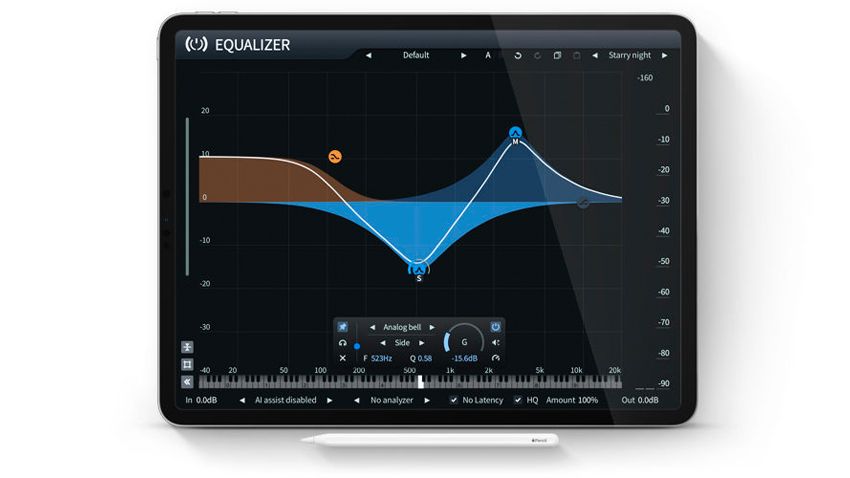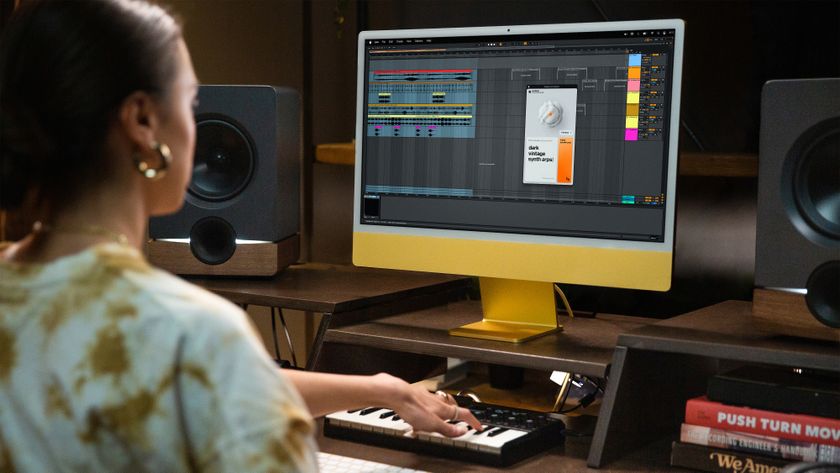Toneboosters puts its AI-powered Equalizer plugin on your iPad
A desktop-quality EQ hits the App Store

Toneboosters has brought its Equalizer 4 plugin to the iPad, promising an unrivalled workflow and a “gorgeous, functional user interface”.
TB Equalizer, as its known, is designed to be a mastering-grade professional EQ, and promises the same quality of sound as the desktop version. It uses AI to make content-dependent equalisation suggestions, while a zero-latency mode means that you can use it in a live situation.
TB Equalizer runs standalone, via Inter-App Audio and as an AUv3 plugin. it’s available on the Apple App Store priced at $5.99/£5.99.
TB Equalizer specs
- Mastering grade, professional equalizer and spectrum analyser
- The same professional sound as the desktop version
- Up to 16 filter sections with a very wide range of filter types
- Run each section in dynamic or static mode
- Run each section with digital purity or analog character
- Oversampling and antialiasing modes to further improve sound quality
- Use Artificial Intelligence (AI) for contentdependent equalisation suggestions
- Audition mode to easily identify problematic frequency areas
- Automatic make up function for every section
- Zero latency mode for live operation
- Lasso function to select and move multiple filters simultaneously
- Piano display to select musical note frequencies
- Output VU meters showing peak and RMS levels simultaneously
- Undo/redo, and A/B comparison
- Color themes for the user interface
- Adjustable colours for every filter section
- Mid, side, left, right processing for stereo input for each section
- Legacy InterApp Audio (IAA) support
- Efficient, low CPU usage
Get the MusicRadar Newsletter
Want all the hottest music and gear news, reviews, deals, features and more, direct to your inbox? Sign up here.



I’m the Deputy Editor of MusicRadar, having worked on the site since its launch in 2007. I previously spent eight years working on our sister magazine, Computer Music. I’ve been playing the piano, gigging in bands and failing to finish tracks at home for more than 30 years, 24 of which I’ve also spent writing about music and the ever-changing technology used to make it.












